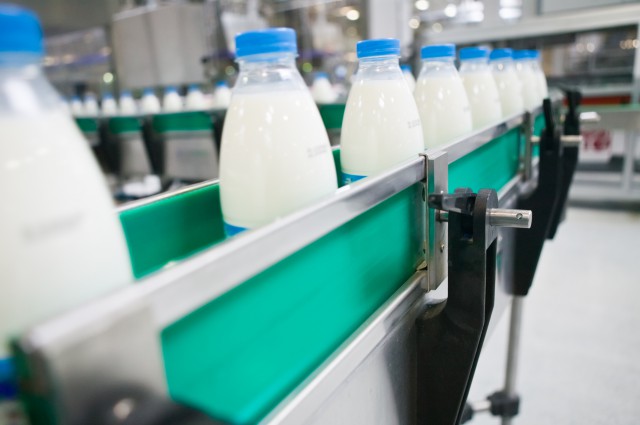Morinaga Milk Industry says it has completely eliminated gluten from its flagship product, the probiotic strain Bifidobacterium longum Morinaga BB536.
On August 2013, the Food and Drug Administration (FDA) issued a final rule defining ‘gluten-free’ for food labeling.
The regulation stipulates that for an ingredient or finished product to be labeled gluten-free, it must contain less than 20 parts per million (ppm) of gluten.
In order to meet market demand for a 100% gluten-free product, Morinaga has taken the extra step of completely removing all gluten from BB536, thereby surpassing FDA standards.
The new gluten-free version will be introduced at the SupplySide West Global Expo and Conference this October.
“BB536 has been used and trusted by consumers worldwide for more than 30 years,” said Ko Shiino, GM of Morinaga’s International Department.
“We are pleased to be able to offer a new, completely gluten-free formulation of this classic probiotic to the marketplace, which will further enhance its value to even the most demanding consumers.”
BB536 is a human residential bifidobacteria (HRB) developed by Morinaga.
More than 50 human studies show that BB536 provides a natural defense against episodic digestive and abdominal discomforts, including constipation, diarrhea, gas and bloating.
It also improves the ratio of beneficial to harmful bacteria in the body and decreases ammonia and putrefactive products in the digestive tract.
BB536 is manufactured through a unique culturing method that gives it excellent stability, allowing it to be utilized in a wide range of applications, including supplements and functional foods, and in a variety of delivery forms, such as capsules, sachets, oils, tablets, powders, chocolates, protein powders, and infant formulas.
Manufacturing BB536 without gluten is just one in a series of improvements Morinaga has undertaken over the past three decades to make the ingredient as market-friendly as possible.










